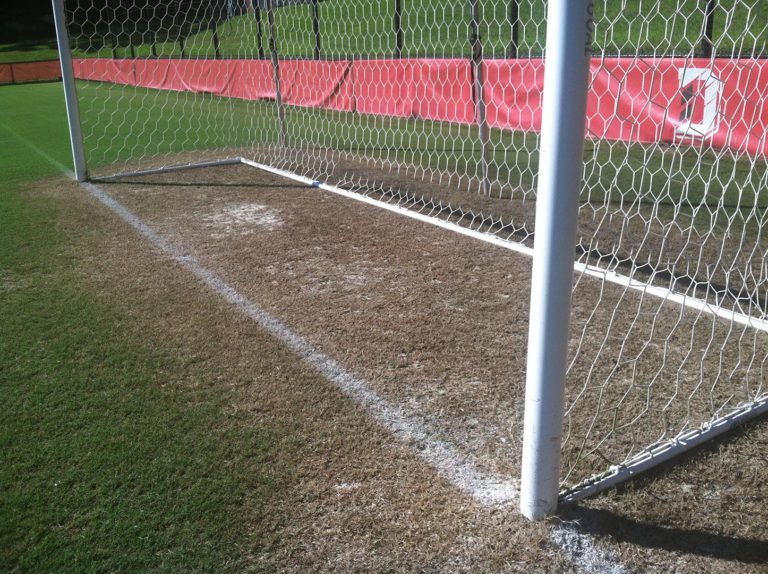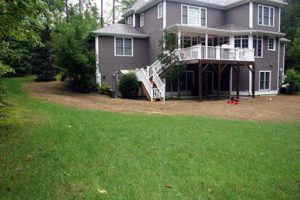Fall Armyworm Numbers Break Records
go.ncsu.edu/readext?474948
en Español / em Português
El inglés es el idioma de control de esta página. En la medida en que haya algún conflicto entre la traducción al inglés y la traducción, el inglés prevalece.
Al hacer clic en el enlace de traducción se activa un servicio de traducción gratuito para convertir la página al español. Al igual que con cualquier traducción por Internet, la conversión no es sensible al contexto y puede que no traduzca el texto en su significado original. NC State Extension no garantiza la exactitud del texto traducido. Por favor, tenga en cuenta que algunas aplicaciones y/o servicios pueden no funcionar como se espera cuando se traducen.
Português
Inglês é o idioma de controle desta página. Na medida que haja algum conflito entre o texto original em Inglês e a tradução, o Inglês prevalece.
Ao clicar no link de tradução, um serviço gratuito de tradução será ativado para converter a página para o Português. Como em qualquer tradução pela internet, a conversão não é sensivel ao contexto e pode não ocorrer a tradução para o significado orginal. O serviço de Extensão da Carolina do Norte (NC State Extension) não garante a exatidão do texto traduzido. Por favor, observe que algumas funções ou serviços podem não funcionar como esperado após a tradução.
English
English is the controlling language of this page. To the extent there is any conflict between the English text and the translation, English controls.
Clicking on the translation link activates a free translation service to convert the page to Spanish. As with any Internet translation, the conversion is not context-sensitive and may not translate the text to its original meaning. NC State Extension does not guarantee the accuracy of the translated text. Please note that some applications and/or services may not function as expected when translated.
Collapse ▲This year is proving to be the worst year on record for fall armyworms. As it gets drier, the problems in turf will increase. Armyworm march, plain and simple. The eggs are laid on houses, shrubs, trees, fences, mailboxes, and the like and then they hatch. At first, the feeding in not noticed as they are small and not very damaging. After a couple of weeks, the larger caterpillars are very voracious and march across the turf area. The turf often looks brown with more damage near the edges of near landscaping or trees and often times, especially in the morning and evening lots of birds will be present feeding on them. You have been warned. If you reseed, buy sod, sprig or whatever, you are open for attack. If you have established turf, you are open for attack.
Usually, the armyworms come into the turf on site. While a lot of people want to point fingers indicating they came in with the sod, that is usually not the case. You put nice lush sod down and water it and it can be like a magnet for armyworms. This problem may persist well into October. The later they attack warm season grass, the more serious the damage and it is then less serious on cool season turf. The two photos should help illustrate the tendency for the moths to lay their eggs on various objects and then the small caterpillars drop down to feed and then move on. The smaller the worms, the easier they are to control. See the control recommendations for suggested treatments.





